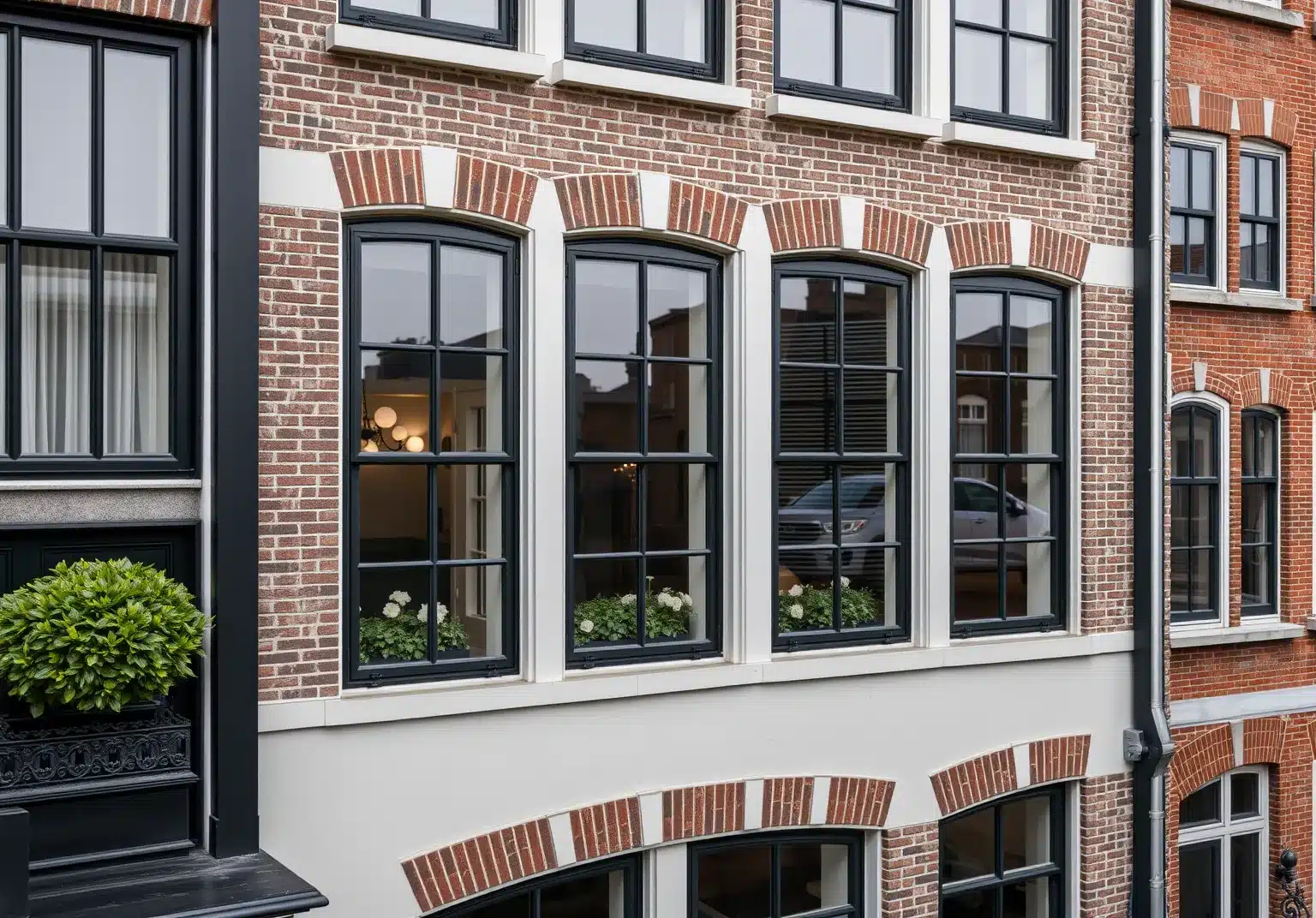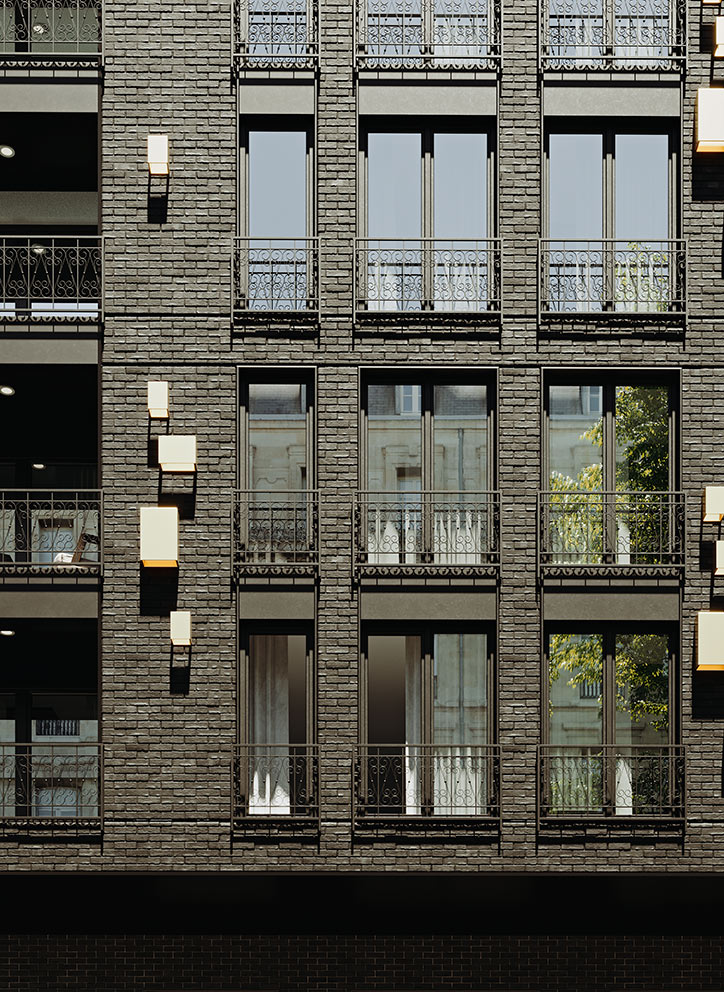Renovating windows in historic buildings is often accompanied by special requirements and challenges. The task is to create a connection between historic charm and the latest window technology to improve energy efficiency, without compromising the historic appearance. In the following, we will explain how this is achievable with Oknoplast uPVC windows in historic buildings.
Challenges in Historic Preservation: Why uPVC Windows Are an Option
Renovating old buildings with uPVC windows in accordance with historic preservation guidelines requires attention to several important factors. We have summarized the five most important points in a list for you.
- Visual Adaptability
Modern, durable PVC windows can be fitted with special wood-effect films that replicate the appearance of traditional wooden windows almost identically while meeting the highest energy efficiency standards (https://oknoplast.us). -
Technical Requirements for Material Authenticity
Preservation authorities place great emphasis on material authenticity. While wood is traditionally preferred, high-quality uPVC windows that meet both visual and technical requirements can, in certain cases, be accepted. -
Cost-Effectiveness and Durability
PVC windows are generally less expensive to purchase and maintain than wooden windows. They become an economical alternative, especially when they meet historic preservation standards. -
Energy Efficiency
Energy efficiency is also important in older buildings, and modern uPVC windows offer excellent thermal insulation properties while preserving the historic appearance. -
Approval Procedures by Authorities
Any modification to a listed building requires approval. Therefore, it is essential to engage in early and close dialogue with the relevant authorities.
Authentic Appearance: Traditional Design Meets Modern Technology
Modern uPVC windows (https://oknoplast.us/upvc-windows/) are suitable for use in historic buildings in every respect. They can be visually adapted to almost all requirements, meet all energy standards when appropriately equipped, are comparatively cost-effective, and are particularly durable, low-maintenance, and weather-resistant.
Energy Efficiency and Thermal Insulation: Modern Solutions for Historic Facades
The multi-chamber profiles of today’s uPVC windows improve thermal insulation and, when combined with high-insulating glazing, reduce heating and cooling costs. Advanced manufacturing techniques prevent thermal bridges, and even the use of triple glazing is possible in historic buildings when institutional guidelines allow it. For historic buildings, special acoustic and burglary protection may also be necessary, which modern uPVC windows can provide.
Variety of Materials and Customization: PVC Windows in the Context of Historic Preservation

PVC windows offer a wide range of color and decorative options to match historic styles, as well as the possibility of custom manufacturing for specific window shapes, which are often found in historic buildings. Surface textures can be replicated and adjusted accordingly.
Regulations and Approval Procedures: What to Consider During Renovation
As mentioned above, establishing early contact with the historic preservation authority when planning renovations or remodeling can be highly beneficial.
Proper Installation: Preserving the Building’s Integrity
The goal is to retain as much of the original structure as possible during construction and renovation projects. It is generally advisable to hire professionals who are experienced with historic buildings and can identify and address potential weaknesses and challenges early on. The materials used should be of high quality and reliability to reduce or eliminate the risk of subsequent damage.
Sustainability and Cost-Effectiveness: Long-Lasting Solutions for Historic Buildings
Ideally, the outcome of renovating an old building is an improvement in energy efficiency while preserving the overall historic character. This not only lowers annual maintenance costs but also meets the demands for sustainability and longevity.

